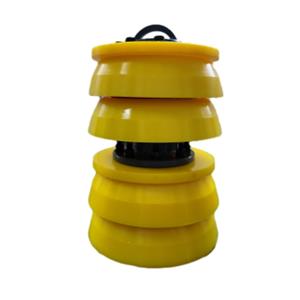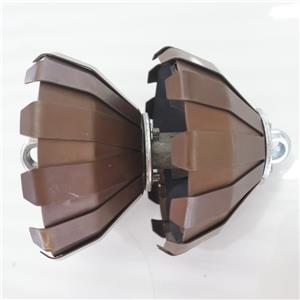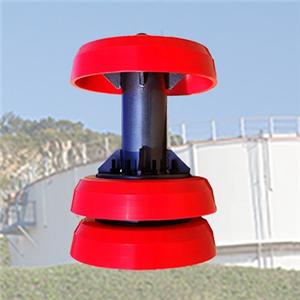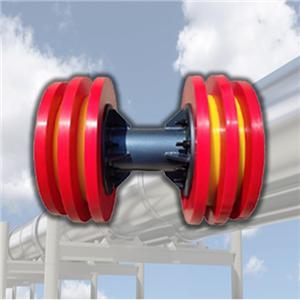Bi-directional Pig Operating principle!
Bi-directional Pig Operating principle
Pipeline pigs operate on a simple yet efficient principle, utilizing the pressure differential within the pipeline to perform various maintenance tasks. Initially, they are introduced into the pipeline through a pig launcher and are propelled by the force of the flowing product or an external driver such as compressed air or water.
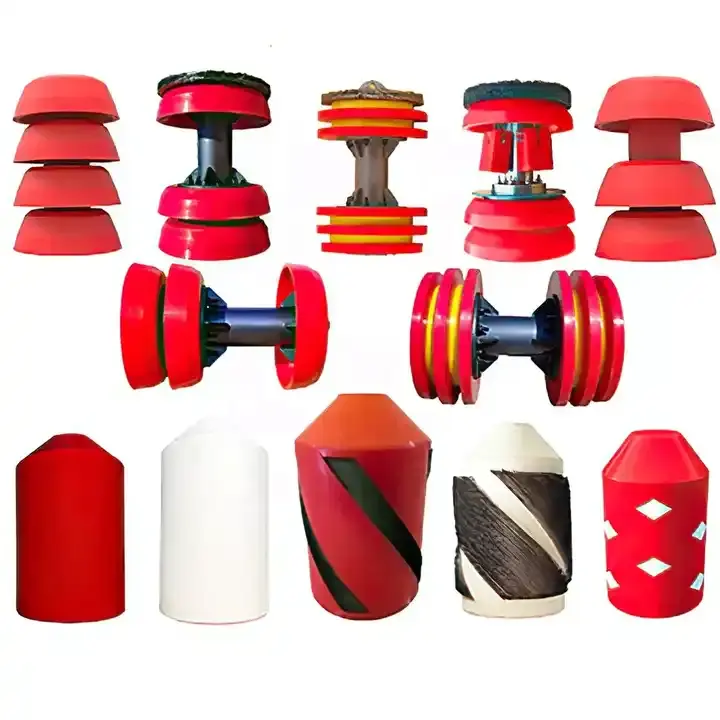
Consequently, as the pig travels through the pipeline, it performs its designated function based on its type. For instance, cleaning pigs physically remove debris and buildup from the pipeline walls using components like brushes or scrapers. Similarly, inspection pigs, also known as smart pigs, are equipped with sensors to collect data on the pipeline’s internal condition, detecting issues such as corrosion, cracks, or irregularities. Moreover, some pigs are designed to separate different products within the pipeline to prevent cross-contamination, while others may apply protective coatings to the pipeline walls.
Finally, upon completing its journey, the pig is retrieved from a pig receiver, where it is removed from the pipeline. Subsequently, its collected data, if any, is analyzed for any actionable insights. This process allows for the internal maintenance and inspection of pipelines without excavation or service interruption, thereby maintaining the pipeline’s integrity, efficiency, and safety. Regular use of pipeline pigs is a critical component of proactive pipeline management, ensuring long-term operational reliability.

